First awarded back in 1985, the Kraszna-Krausz Foundation Best Photography Book prize is one of…
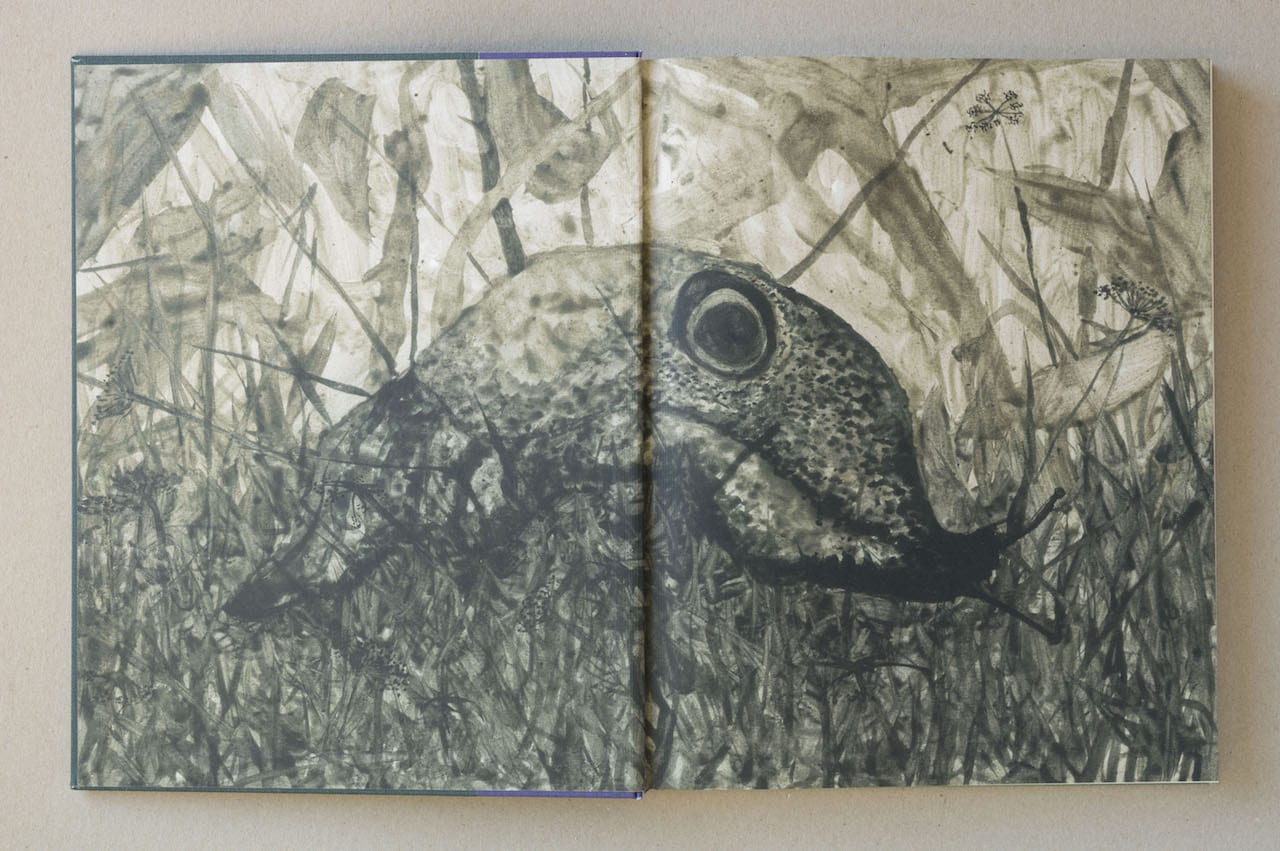

First awarded back in 1985, the Kraszna-Krausz Foundation Best Photography Book prize is one of…
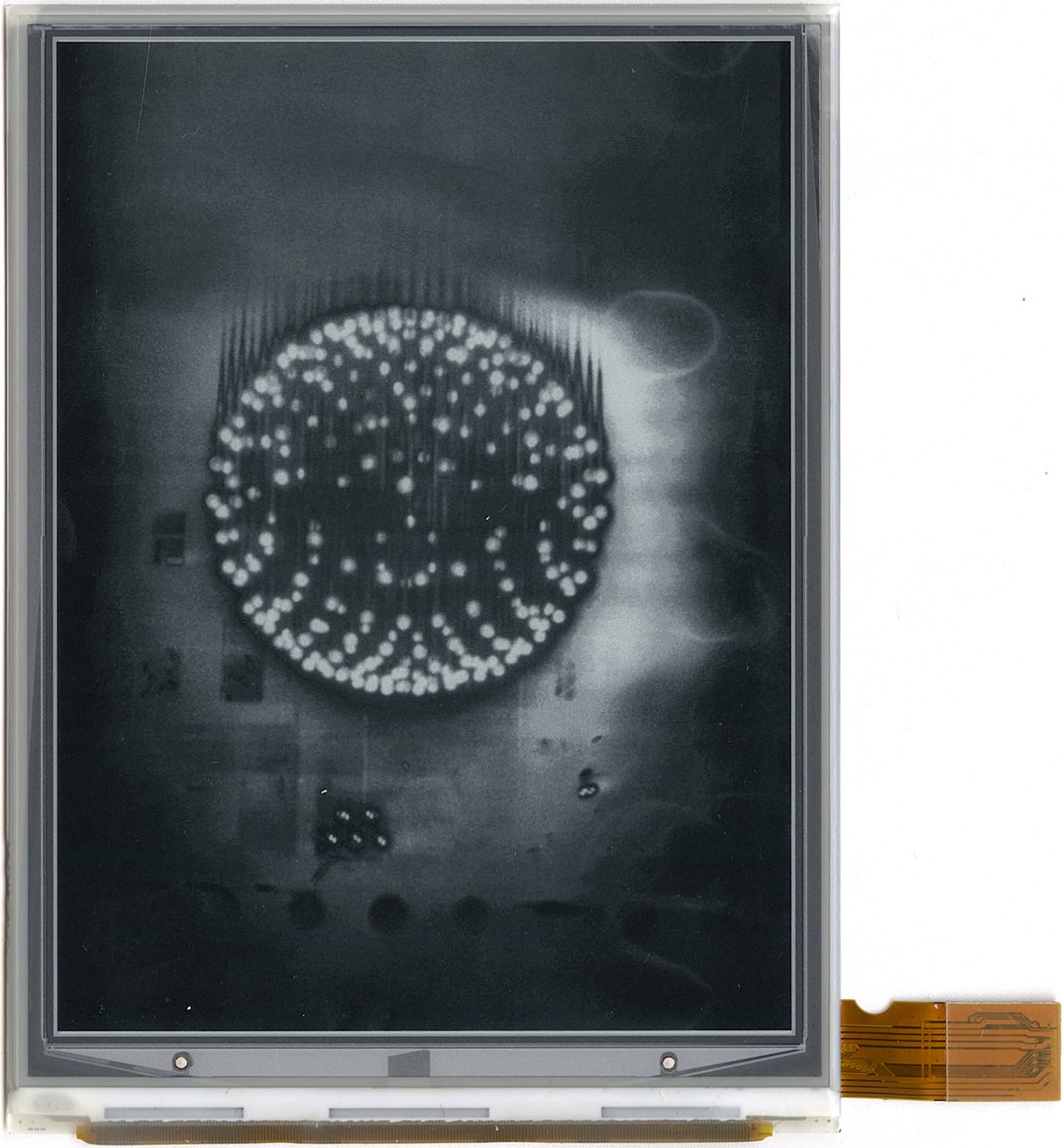
“Photography is endlessly linked to technology, it’s always moving forward with it. There are lots of ways you can reproduce a photograph, ways that are often forgotten about,” says Anthony Cairns, describing the technology behind his electronic ink images. Since realising he could freeze the display on his kindle book reader by disconnecting its power, Cairns has acquired over 500 second hand e-readers, mostly from eBay. By hacking into the e-readers he’s is able to upload his photographs, suspend them within the screen, and then remove the screen from the device’s casing. “I’m not a computer whizz kid hacker,” he says, “I just watched a lot of YouTube!” 45 of these screens are now on show at Tate Modern in Shape of Light: 100 Years of Photography and Abstract Art, showing abstract images of global metropolises.
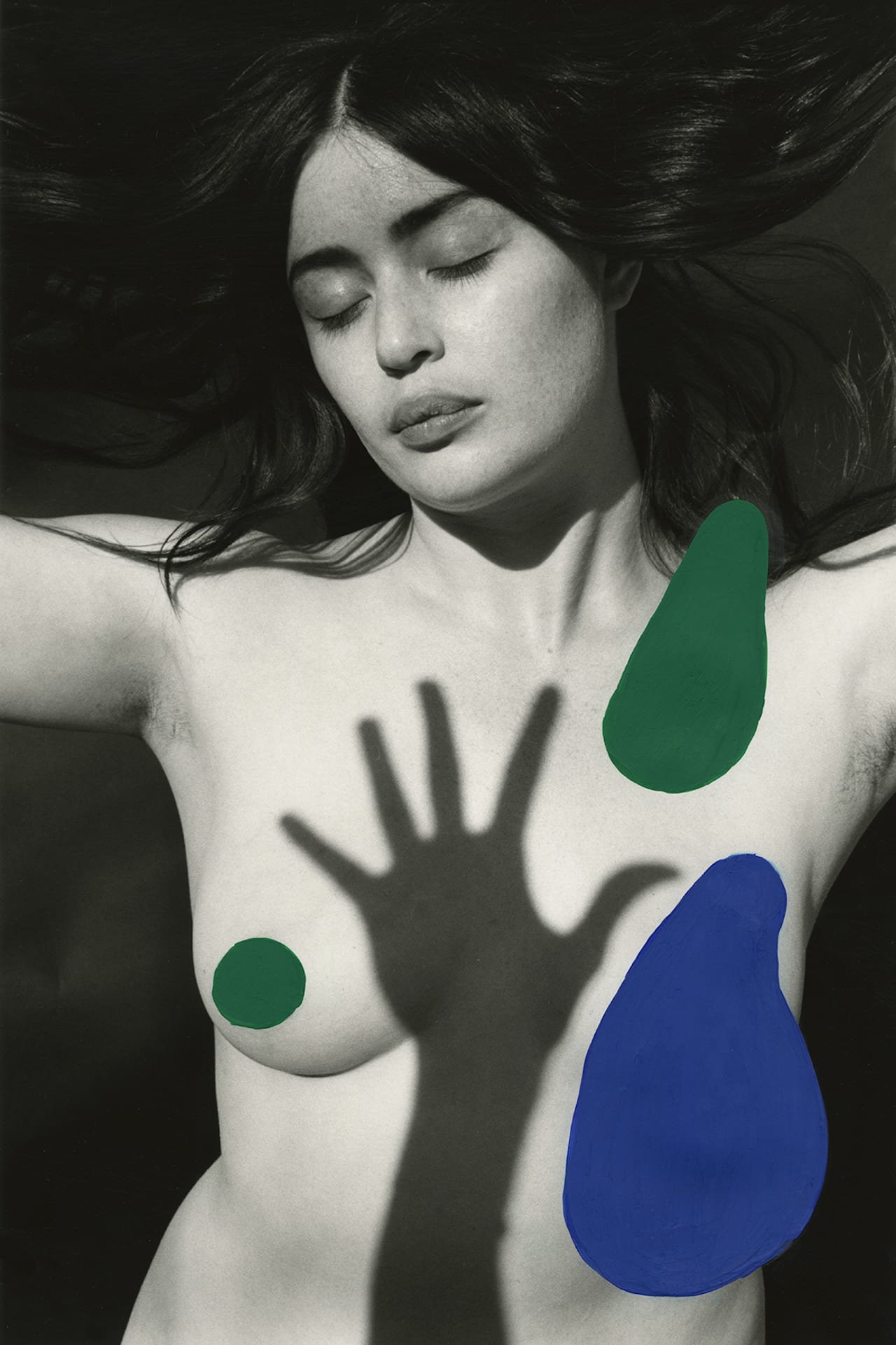
Photography on a Postcard is offering the chance to own a signed, one-off print by a world-renowned photographer for just £55 at Photo London. The twist is that the photographer will remain anonymous until after the sale. Buyers can choose from 350 postcard-sized prints, and the photographers involved include Bruce Gilden, Mark Power, Dougie Wallace, and Laura Pannack, as well as 35 hand-selected emerging image-makers. Buyers will be able to choose their postcard-sized print in person, but priority will be given to those who pre-register online. All money raised will go to the Hepatitis C Trust and its campaign to eliminate the virus from the UK by 2025.
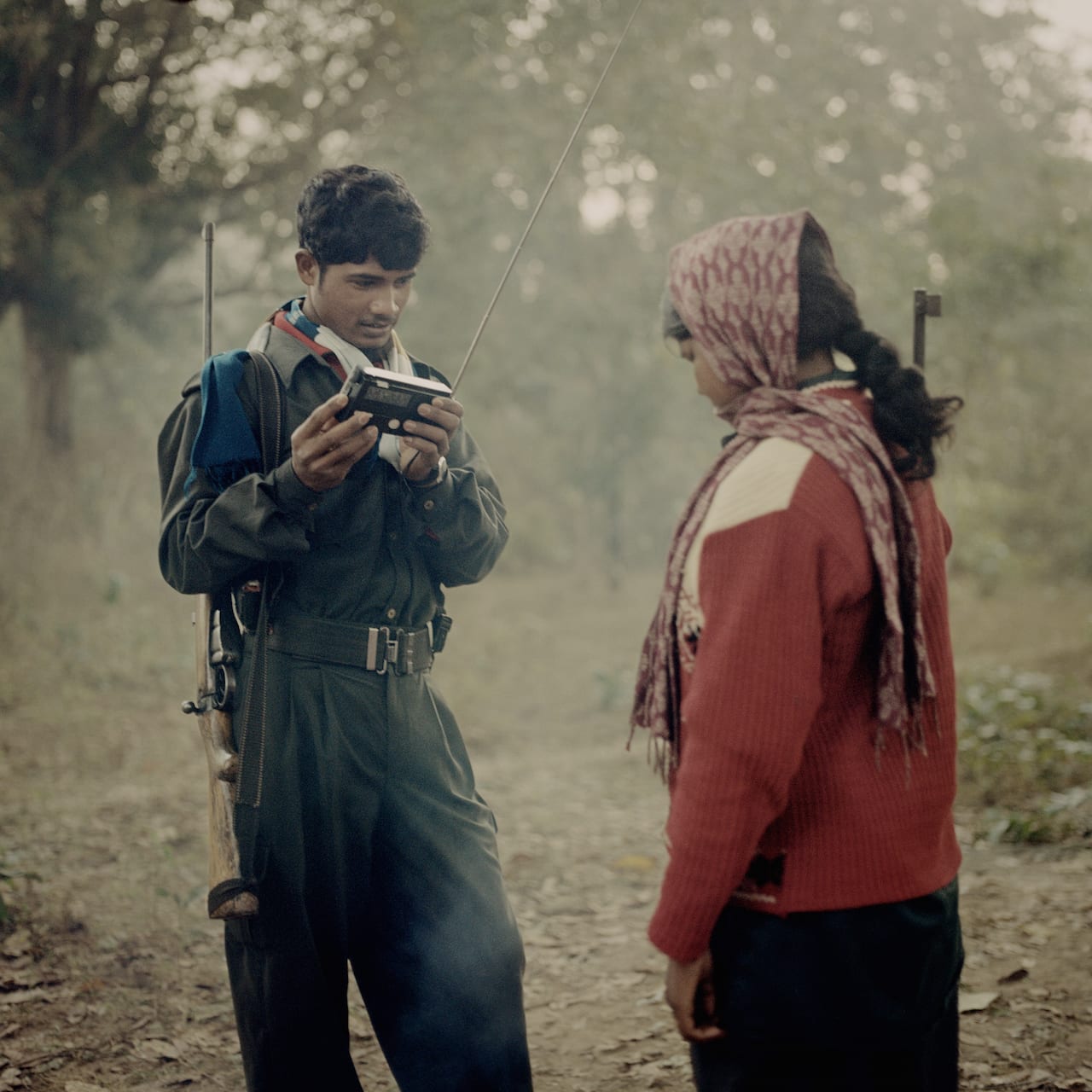
Poulomi Basu’s Centralia is no easy read. The situation it unravels − a protracted fight for land and resources in central India − is not only complex, but also largely unheard of, especially in mainstream Western media. And Basu, reflecting on contemporary documentary practices, refuses to simplify it into a readily digestible format. Instead, she wishes to reflect the bewildering atmosphere that reigns in the region. “The adage ‘The first victim of any conflict is the truth’, is particularly apt here,” she says. “The conflict, with its many actors all occupying opaque roles, has created a space with its own internal logic and landscape.” Thus, she hopes to take the audience “on a journey to a place where truth and lies, reality and fiction have become blurred”.
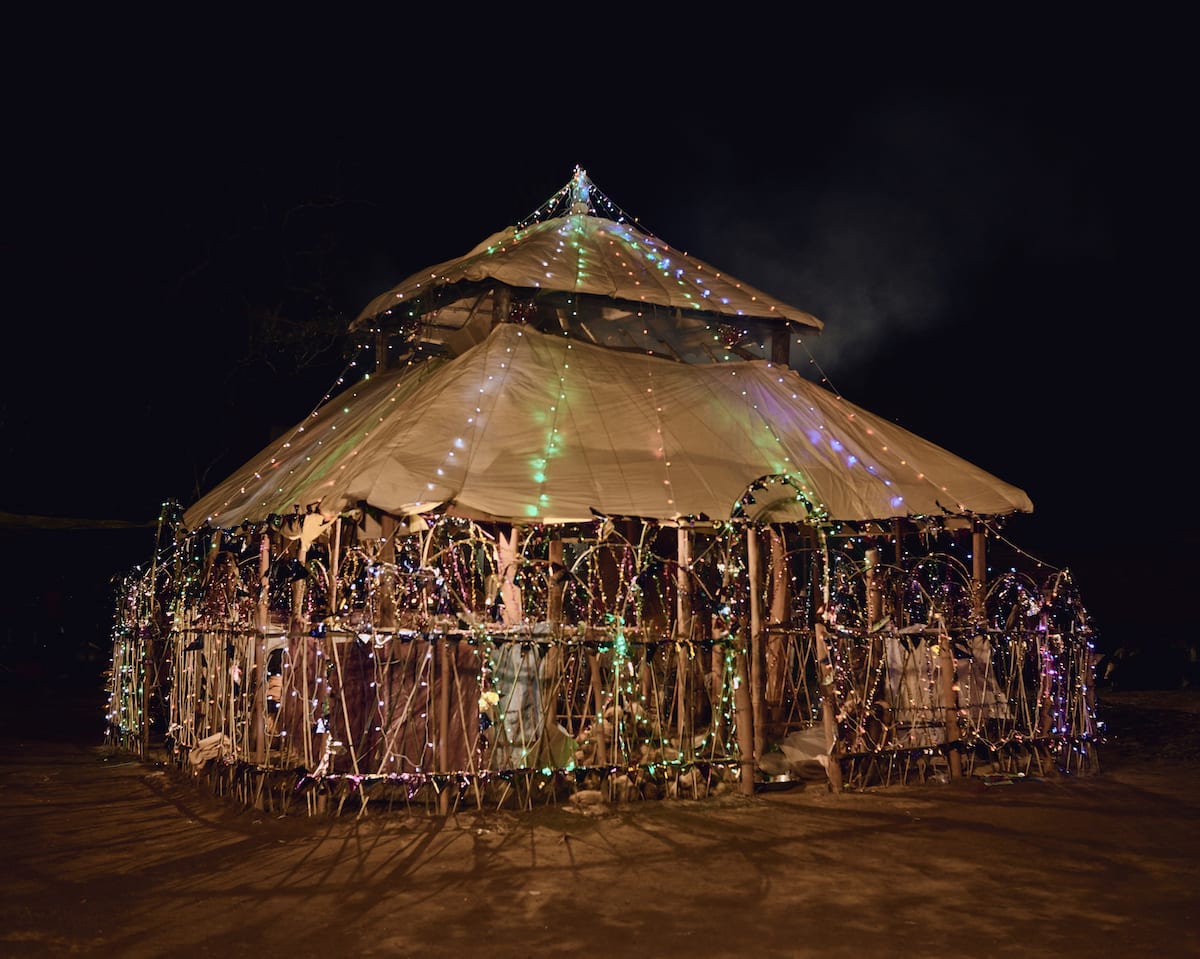
“In Centralia, Poulomi Basu continues to focus her gaze on the interrelation between violence, state power, and gender,” says Monica Allende, member of the jury for the PHM grant. “By intertwining multilayered fictional narratives she aims to challenge the viewer’s perception of reality, as well as established neocolonialist histories. “In an era of post-truth and fake news, where we battle for control of “official” narratives, Basu’s work forces us to reflect on our own prejudices and educated preconceptions. Despite addressing such complex issues, the work is both illuminating and engaging – a testament to her innate ability as a documentarian. The result is a beautifully executed story which is thoroughly deserving of the winning grant.”
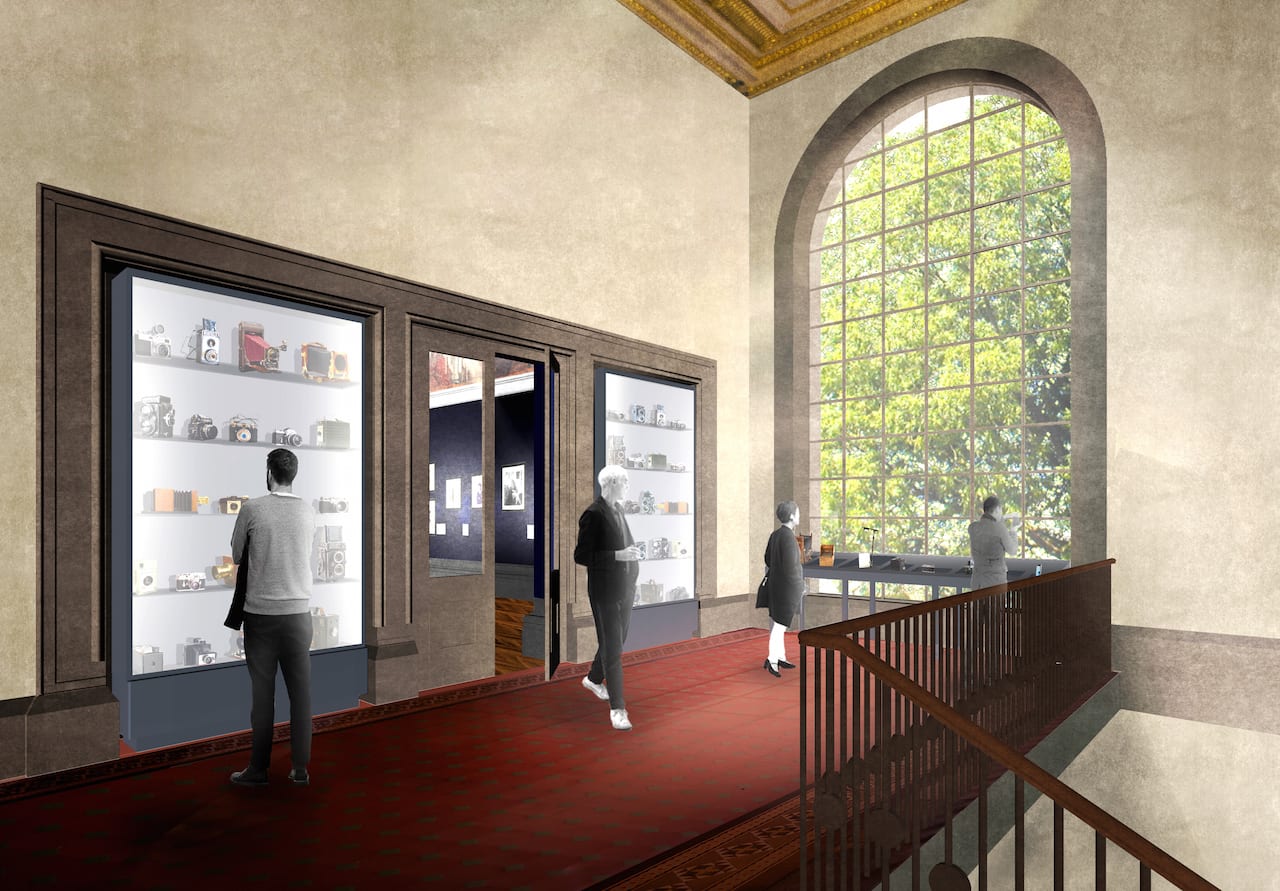
The V&A’s new photography centre will open on 12 October, with newly-acquired photographs by Linda McCartney, a newly-commissioned series by Thomas Ruff, and an inaugural display tracing the history of photography through the Royal Photographic Society (RPS) collection. The new facility will more than double the V&A’s current photography exhibition space, and follows the transfer of over 270,000 photographs, 26,000 publications and 6000 pieces of equipment from the RPS collection formerly held in the National Media Museum in Bradford – a controversial transfer, described at the time as “an appalling act of cultural vandalism” by Simon Cooke, the leader of the Conservative opposition on Bradford council. Tristram Hunt, director of the V&A, said that the transfer had “provided the catalyst for this dramatic reimagining of photography at the V&A” however, and that the new centre will “seamlessly span the entire history of photography….from daguerreotype to digital”. He added that the V&A is particularly well-placed to tell this story given its long engagement with photography – it was one of the first museums to put together a photographic exhibition, partly because its founder, Henry Cole, was a keen amateur photographer.
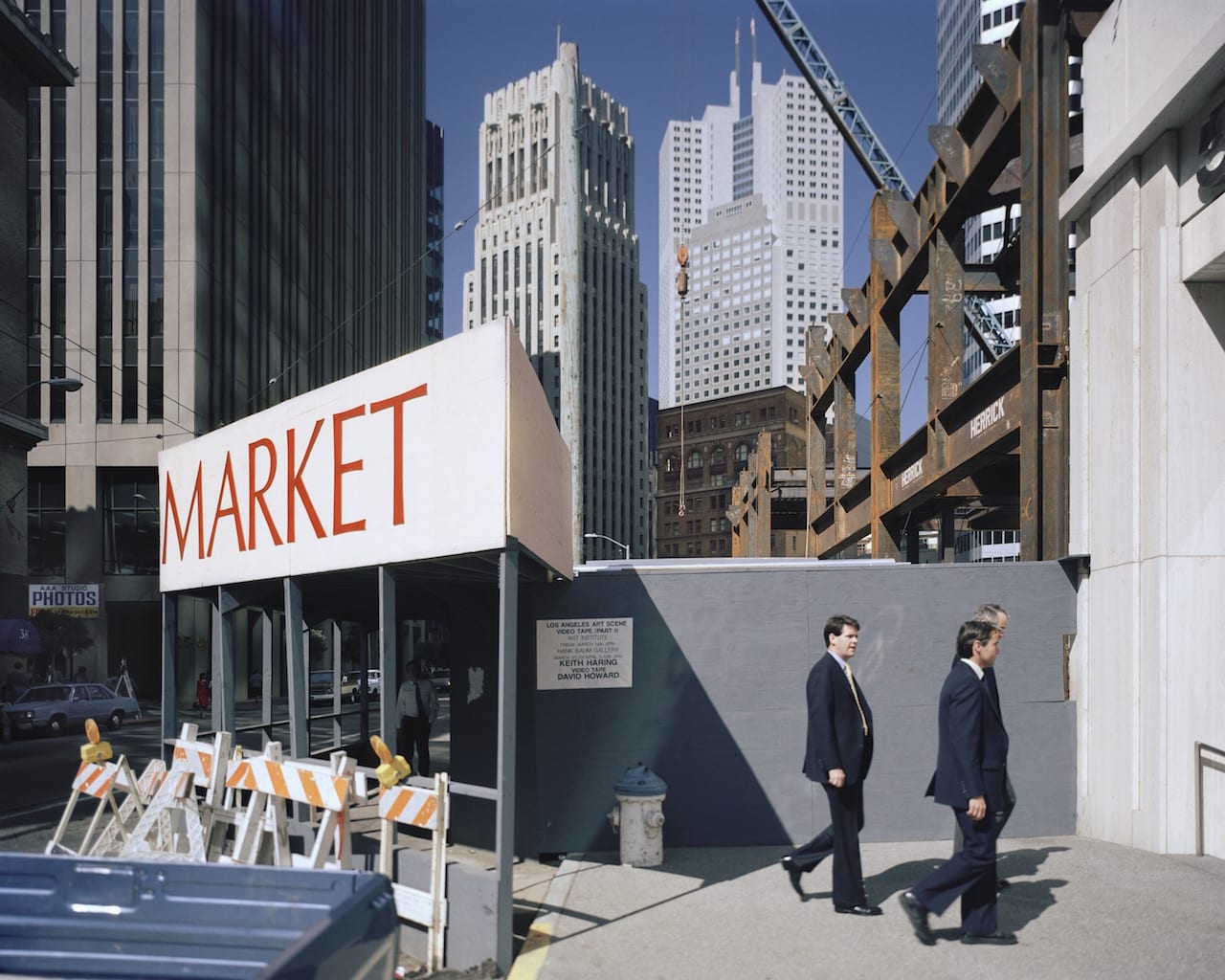
She stands on a San Francisco rooftop looking out over the South of Market neighbourhood – the area that was the subject and title of her sumptuous 2013 book, published by MACK Books, which led to her solo show at the city’s prestigious De Young Museum. Thousands have now seen the series, but Janet Delaney shot it in the early 1980s, just as the district was being primed for redevelopment and gentrification. Now middle-aged, as a young woman Delaney was fiercely committed to the idea that photography could and should change the world. Thinking of herself as a “cultural worker”, she hoped her project would advocate for the working class people and businesses who had helped make the area so vibrant, and help stop them from being displaced.
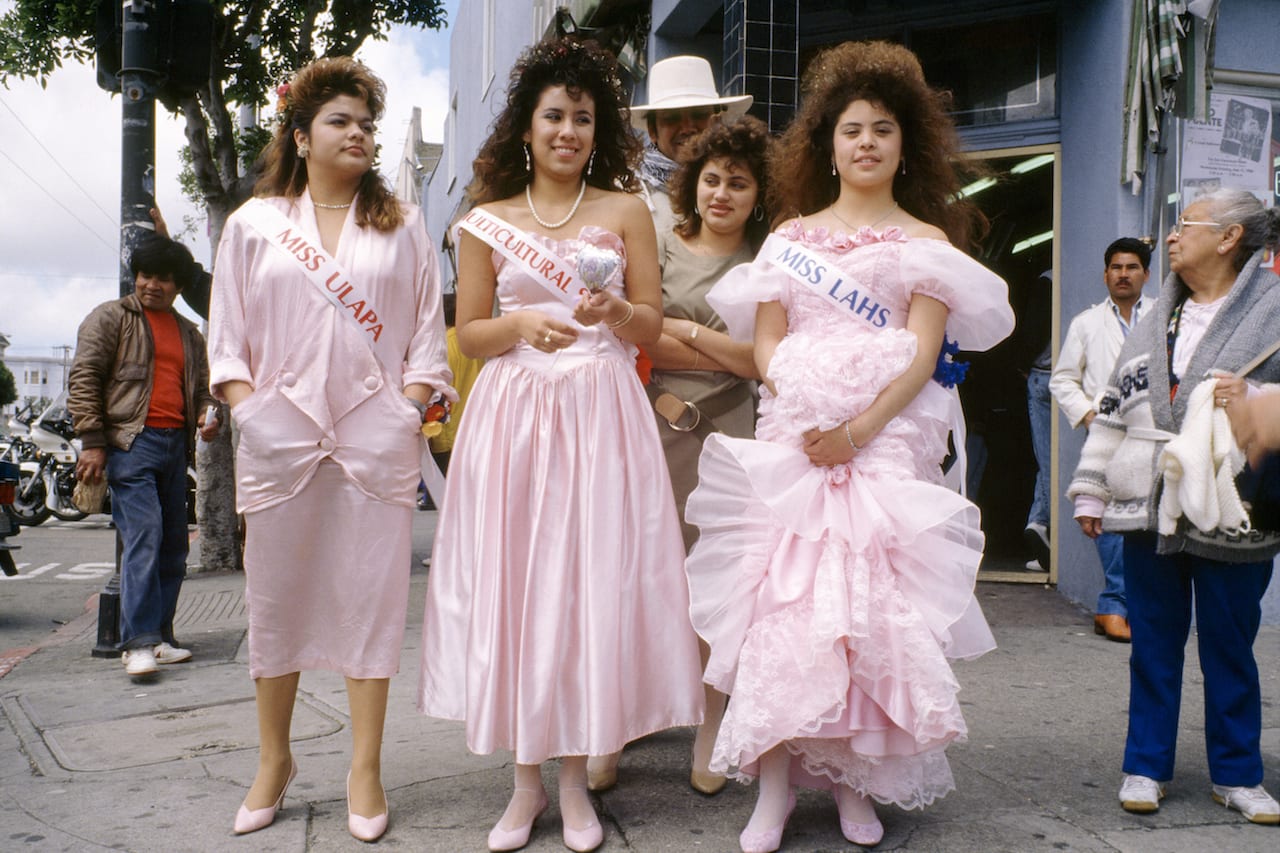
If the inaugural Photo London seemed a little light on contemporary work, there is plenty in the fourth edition to show that the organisers were determined to do something about it. It is evident in the public programme, and it is there to see on the shop-floor too, with the Discovery section devoted to emerging galleries now given over to 25 dealers. Tristan Lund, formerly of Michael Hoppen Contemporary, now an art consultant and dealer in his own right, returns as curator, charged with injecting some cutting-edge elements into the fair, but remaining mindful of his responsibilities to the young galleries he is enticing in.
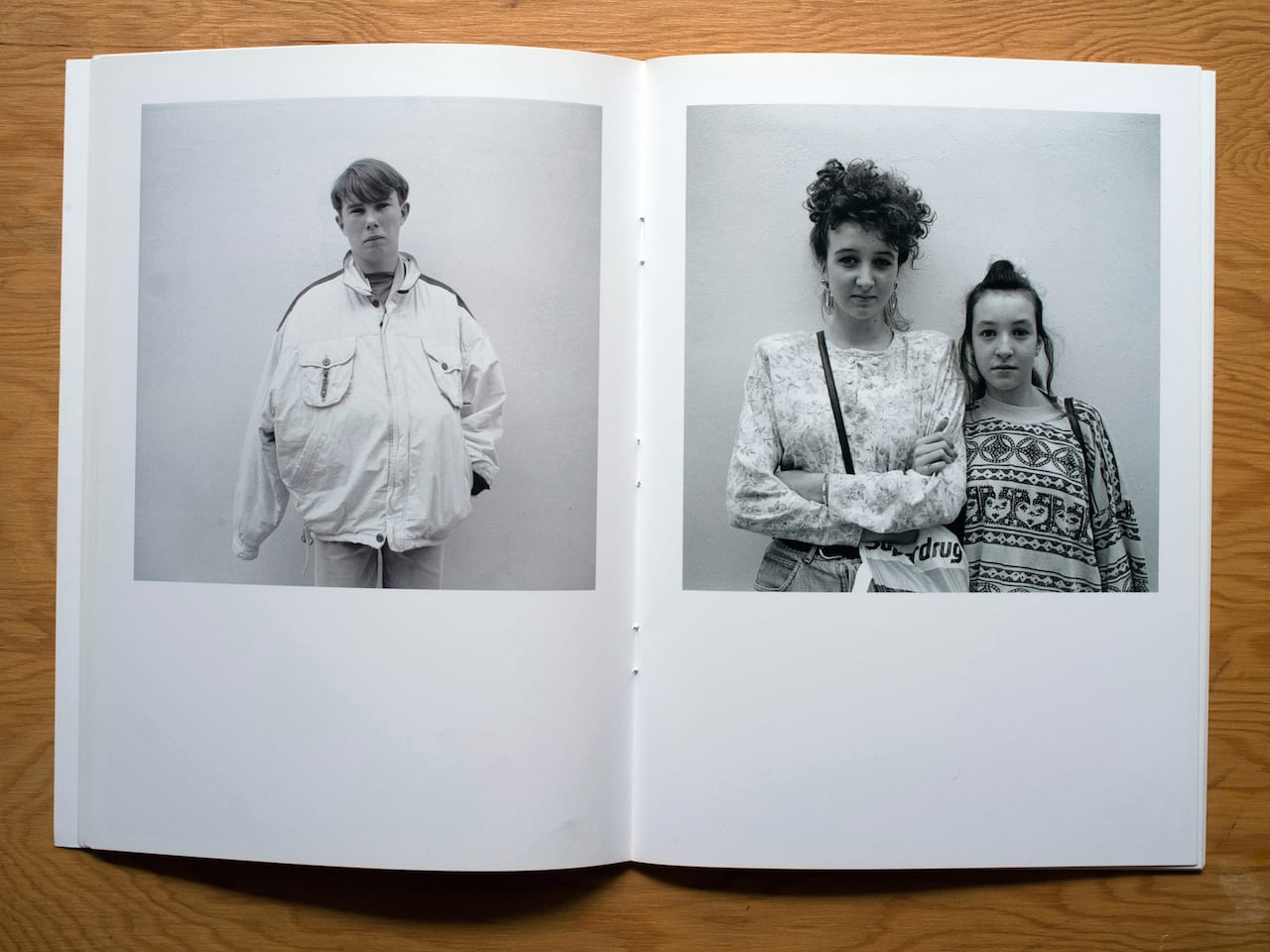
Interviewing Nigel Shafran is a circuitous, informal affair. Meeting him at his North London home, I immediately recognise Ruth, his partner and the subject of many of his photographs. I also meet his son Lev, who, though somewhat older, is also still easily discernible from his father’s pictures. The interview takes place in the kitchen familiar from Flowers for ____. Every now and then a friend calls round or phones, with plans made to throw a boomerang around in the park that afternoon, or play ping pong in the evening. Lev occasionally interjects from the living room with his take on the interview process, or on “nattering on about photography” as he puts it. “Sorry. Oh my God!” says Shafran, as the phone rings for the second time. “No worries,” I say. “You’re a busy man.” “A busy family man!” he replies. It doesn’t always make for an easy interview, but it feels appropriate for a photographer who focuses on the everyday, the domestic and the personal.